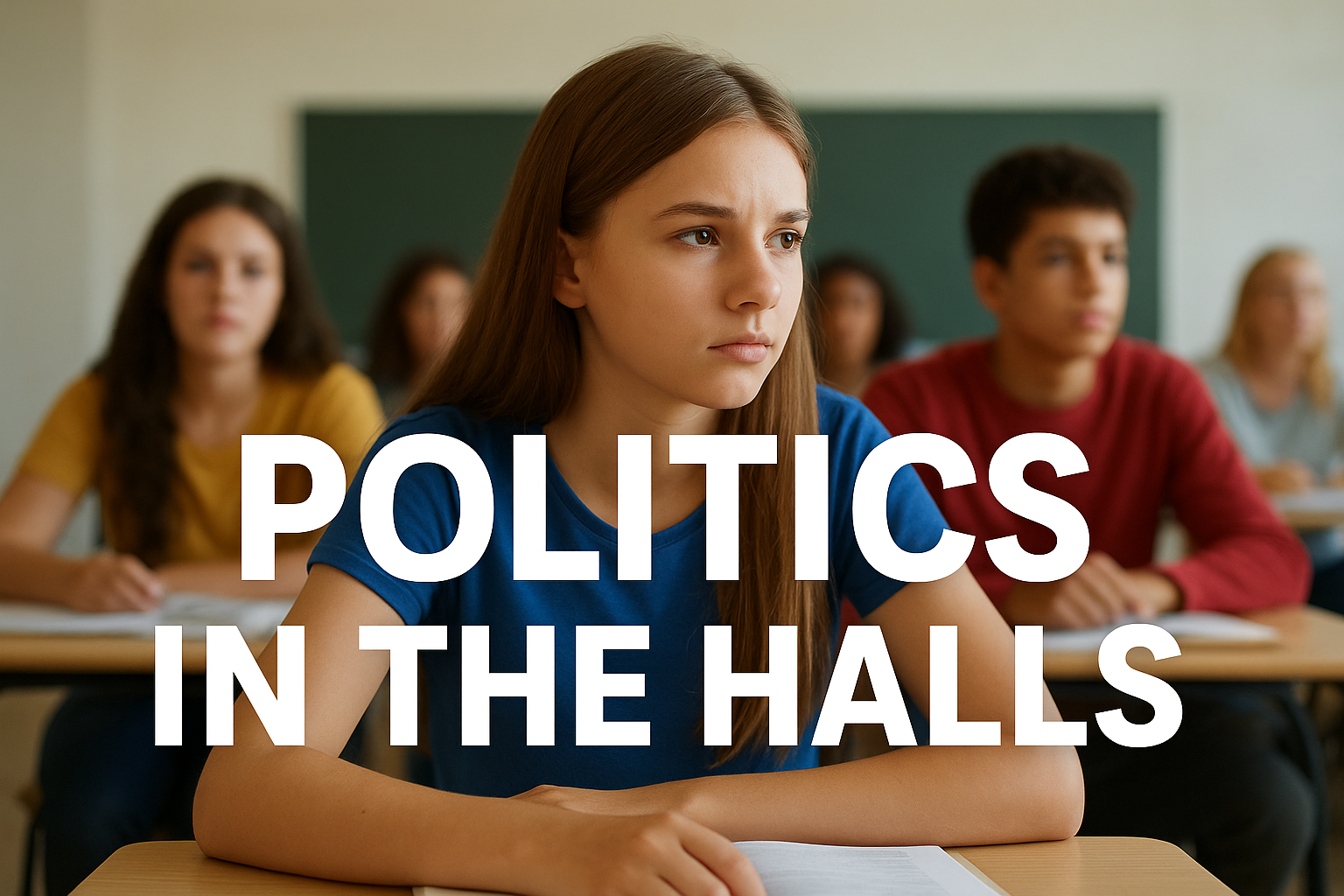
Keeping Principals on the Job: These Numbers Show How
More than 1 in 3 principals say they are running out of enthusiasm for their jobs, according to the latest federal data.
That’s a concern, not just for districts interested in retaining their administrators, but because strong and enthusiastic school leaders are one of the best ways to draw and retain teachers in districts where disruptions and staff shortages may be the new normal.
More than 11 percent left the principalship entirely between 2020-21 and 2021-22, according to data from the National Teacher and Principal Survey, an ongoing, nationally representative study of educators, including about 6,500 school leaders. But principals who showed signs of burnout—losing enthusiasm for their work, feeling overly stressed or exhausted—were more likely to quit the profession entirely.
The National Association of Secondary School Principals and the Learning Policy Institute find the five most common reasons principals quit include poor professional development, insufficient salaries and decision-making authority, poor working conditions, and high-stakes accountability. But separate research finds principals who stayed in their positions also were more likely than those who left to get specific supports from their districts, such as student support staff, administrative help, and budget flexibility. Details from the new federal data suggest insights to improve retention:
Boost principal salaries and decision-making authority
Nearly 13 percent of school leaders who made $75,000 or less in 2020-21 left the principalship within a year, compared to just over 10 percent of principals making at least $115,000 a year. Low salaries can be particularly difficult for rural principals; as one rural leader told Bethel University researchers, “You still have all the work of a principal in any other district, plus more, because of all the different hats you’re wearing, but you’re not compensated for it.”
A majority of public school principals told NCES they were not included in district collective bargaining or meet-and-confer agreements—but those who were, were significantly more likely to stay in their schools rather than switch schools and less likely to leave the profession altogether. While collective bargaining involves a union, a meet-and-confer agreement structures employee discussions about problems or changes with an employer that does not bargain with a union.
Relatively fewer private school leaders who had collective bargaining or meet-and-confer agreements, and data showed having them did not make private school principals more likely to stay at a school.
Improve school conditions, particularly in discipline
The Learning Policy Institute found principals are more likely to quit when school discipline and relationships with staff, students, and parents deteriorate.
School disruptions and student mental illness have risen significantly during and since the pandemic, and the NCES data show 60 percent of public school leaders reported that engaging in setting discipline policy in their schools played a major role in their decisions to stay or leave.
More than a third of public school principals reported incidents of student disrespect for teachers occurred at least once a month, and nearly 30 percent also reported at least monthly physical fights among students, but these kinds of student misbehaviors didn’t have much effect on principals’ decision to stay at their schools. By contrast, principals at schools with frequent gang activity, alcohol, or drug use among students were the most likely to leave their schools or the profession.
Build more networks of professional support, particularly in high-need schools
Principals in highly diverse schools aren’t abandoning ship—but they do need support. Studies find high-poverty, low-performing schools benefit more from stable leadership than those in typical schools, but leaders of these schools get fewer professional development opportunities.
Leaders of schools with 75 percent or more students of color were also more likely to stay in their school, and less likely to leave the profession entirely, than leaders of majority-white schools, NCES data show.
Relatively few districts have focused pandemic recovery money on principal support, but experts say targeted, ongoing professional development for leaders can both make it more likely principals stay in their schools and help them share best practices with each other.
For example, the Center for Public Research and Leadership found schools are more likely to improve when principals are paired or matched with small groups of other leaders to test solutions to a common problem.
Dig Deeper With Our Longreads
Newsletter Sign up to get our best longform features, investigations, and thought-provoking essays, in your inbox every Sunday.
The MEN was founded by John Huber in the fall of 2020. It was founded to provide a platform for expert opinion and commentary on current issues that directly or indirectly affect education. All opinions are valued and accepted providing they are expressed in a professional manner. The Maryland Education Network consists of Blogs, Videos, and other interaction among the K-12 community.









